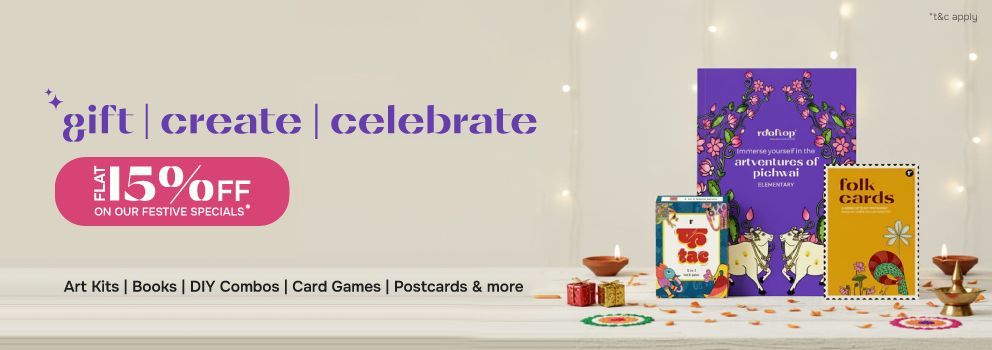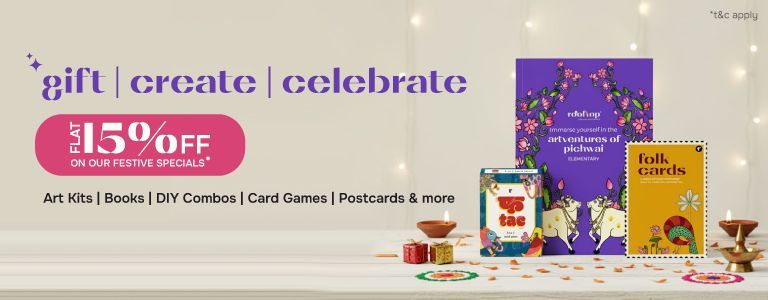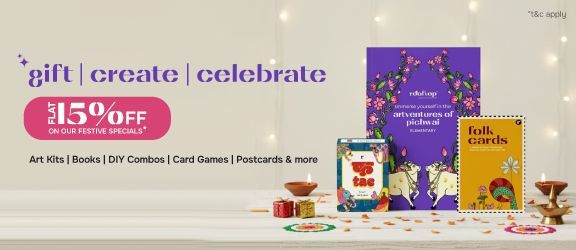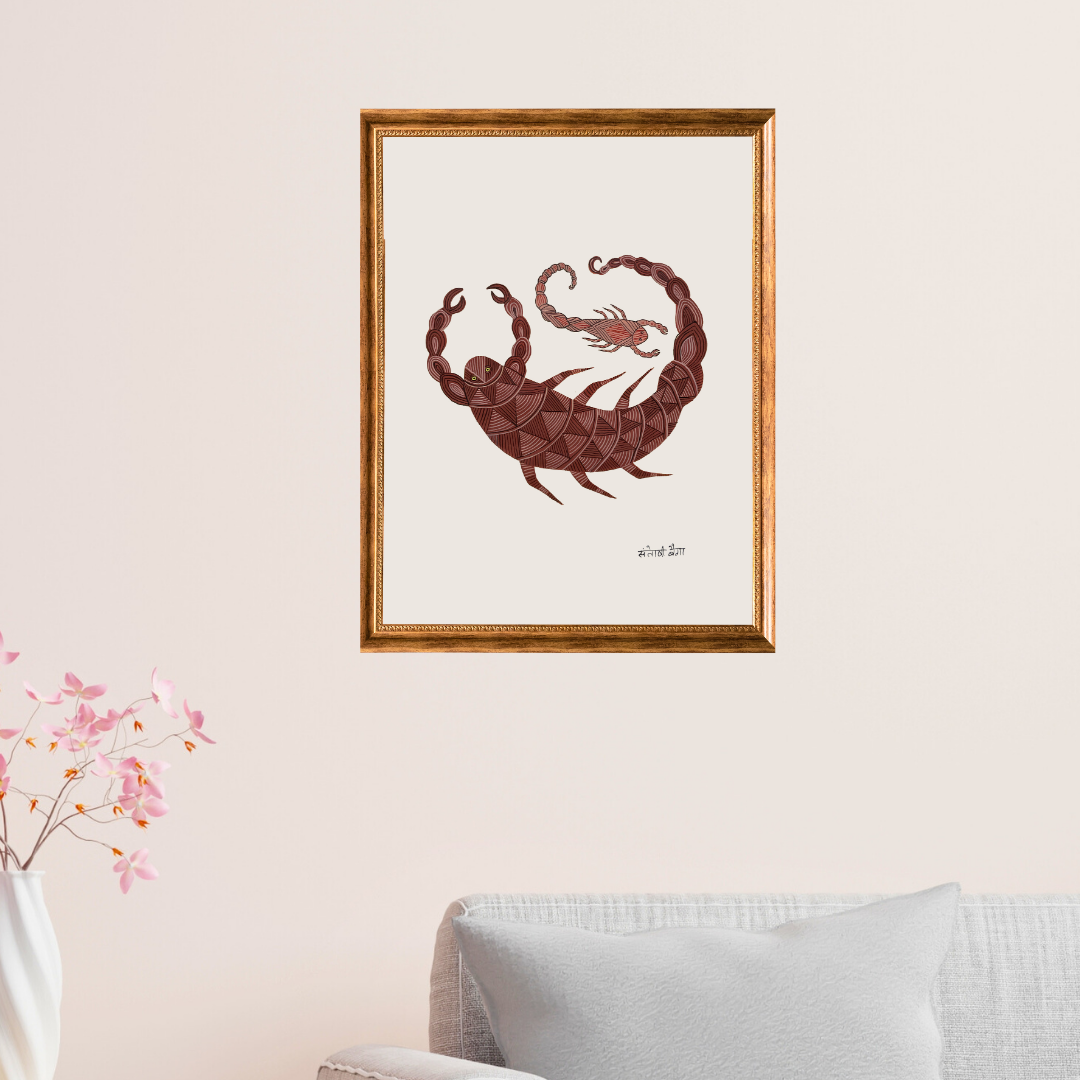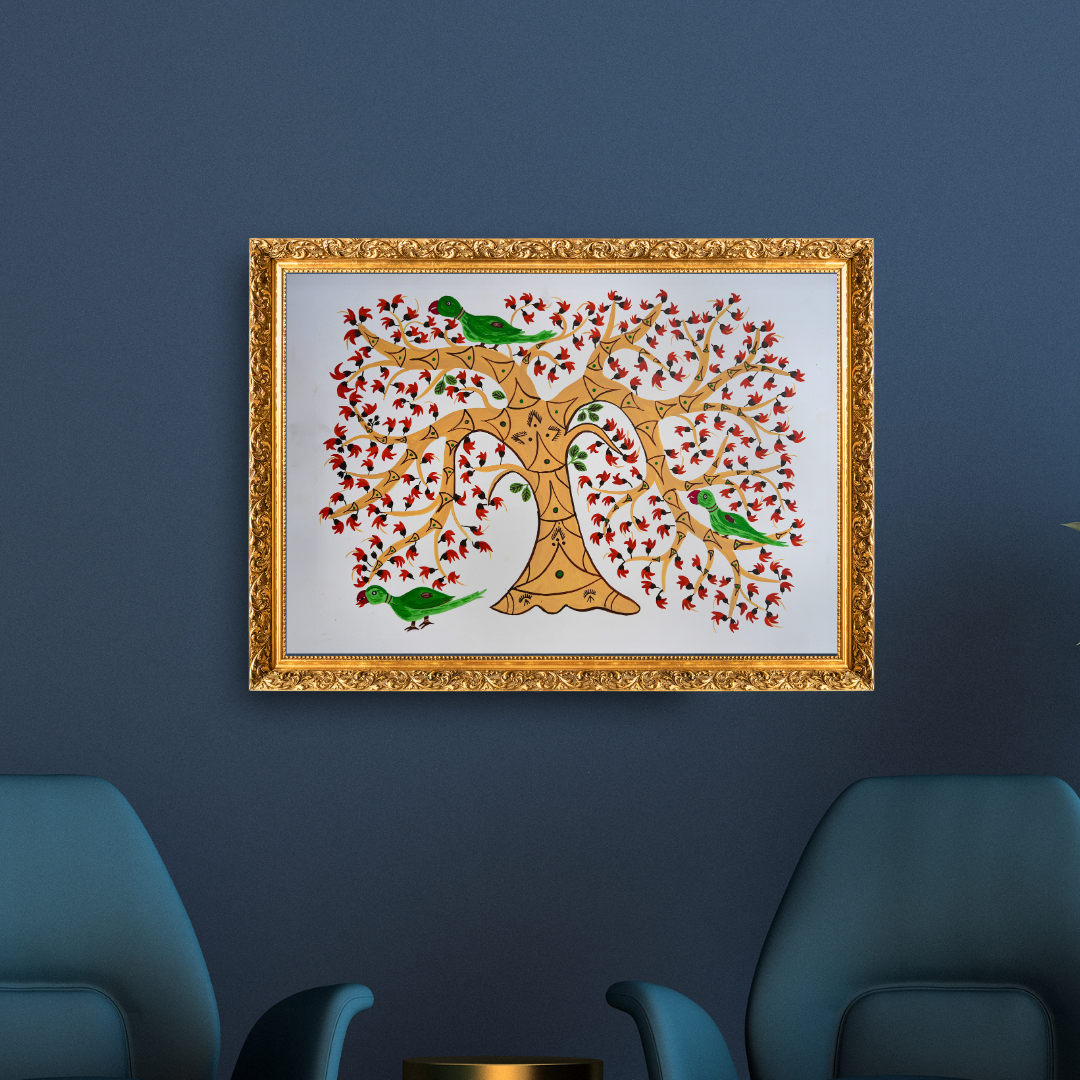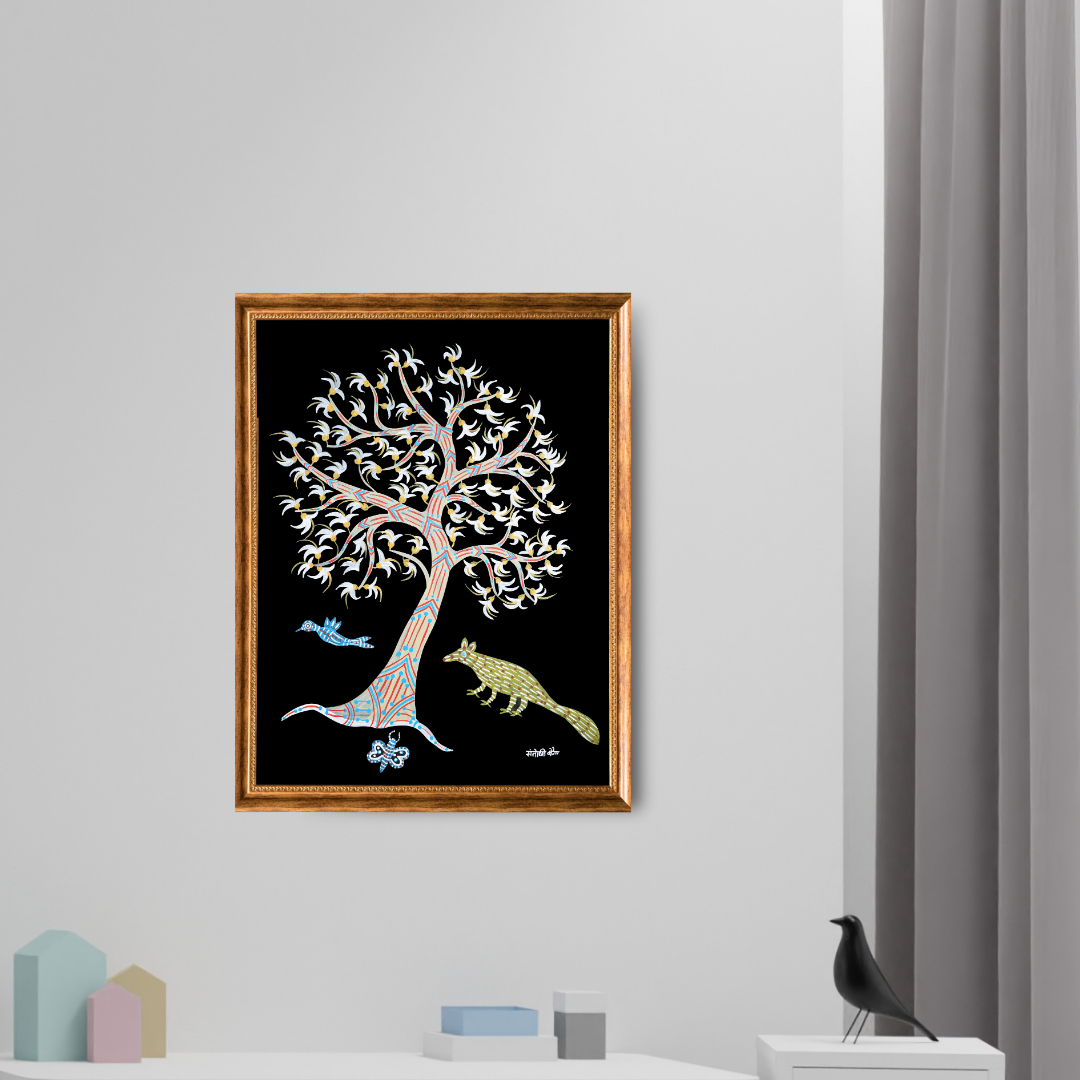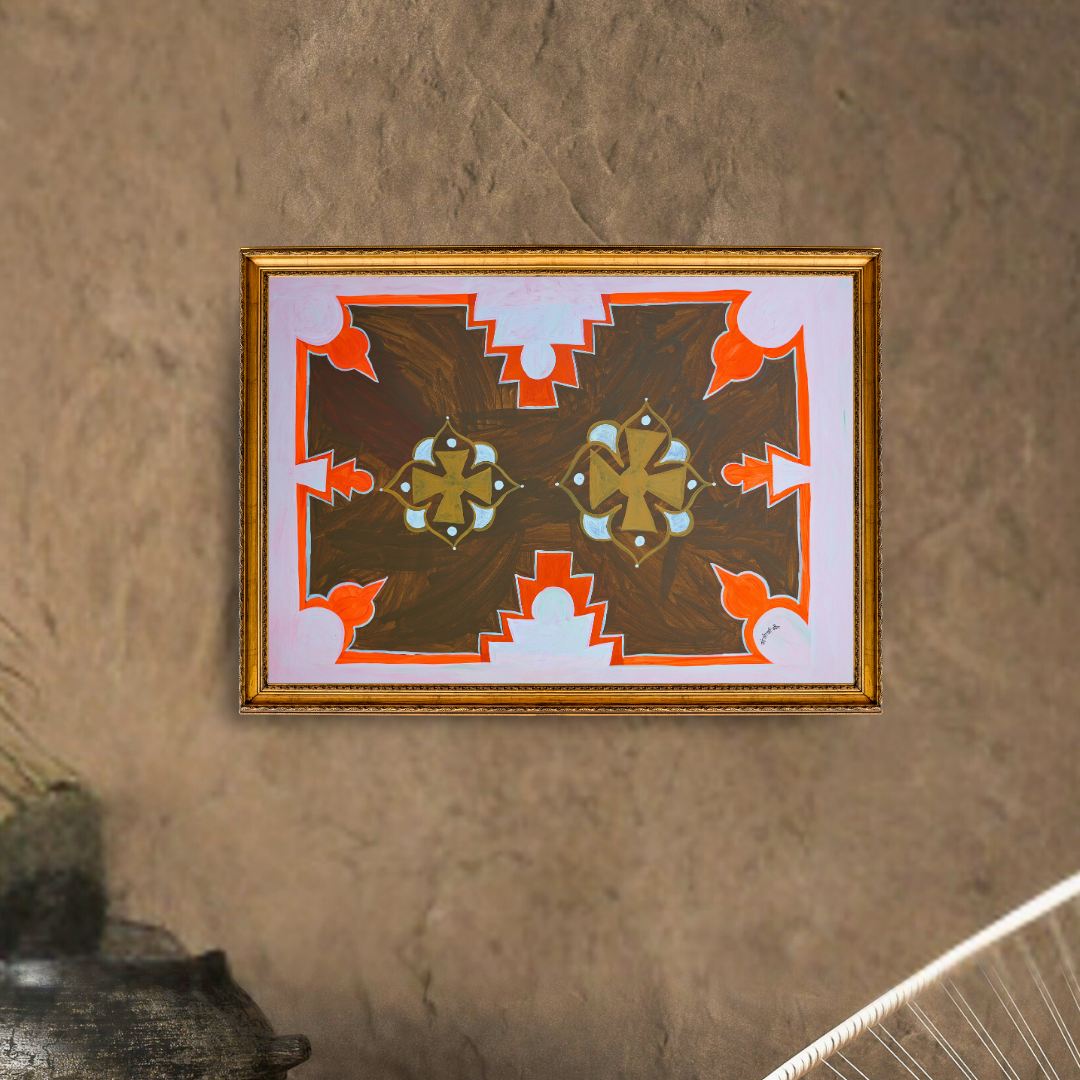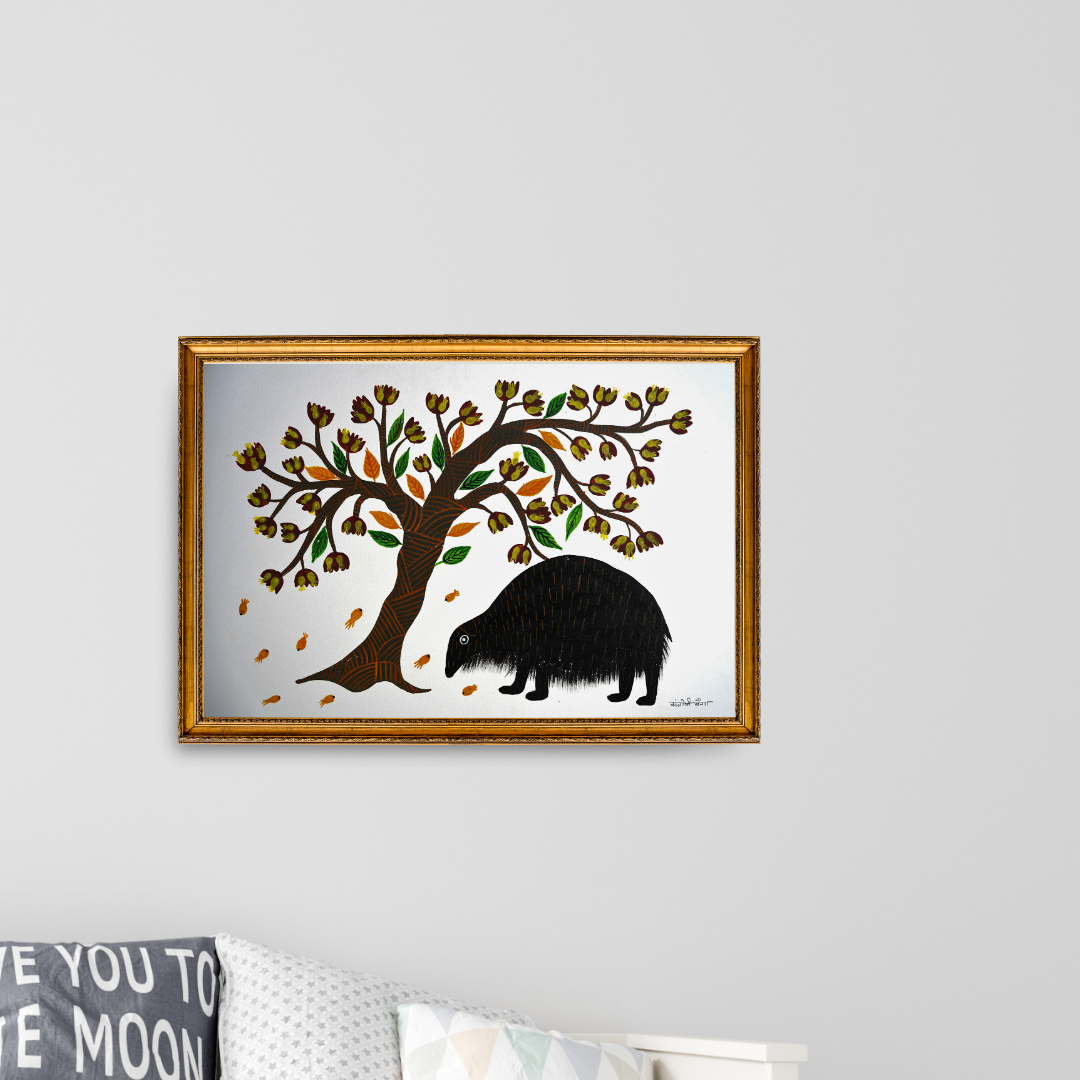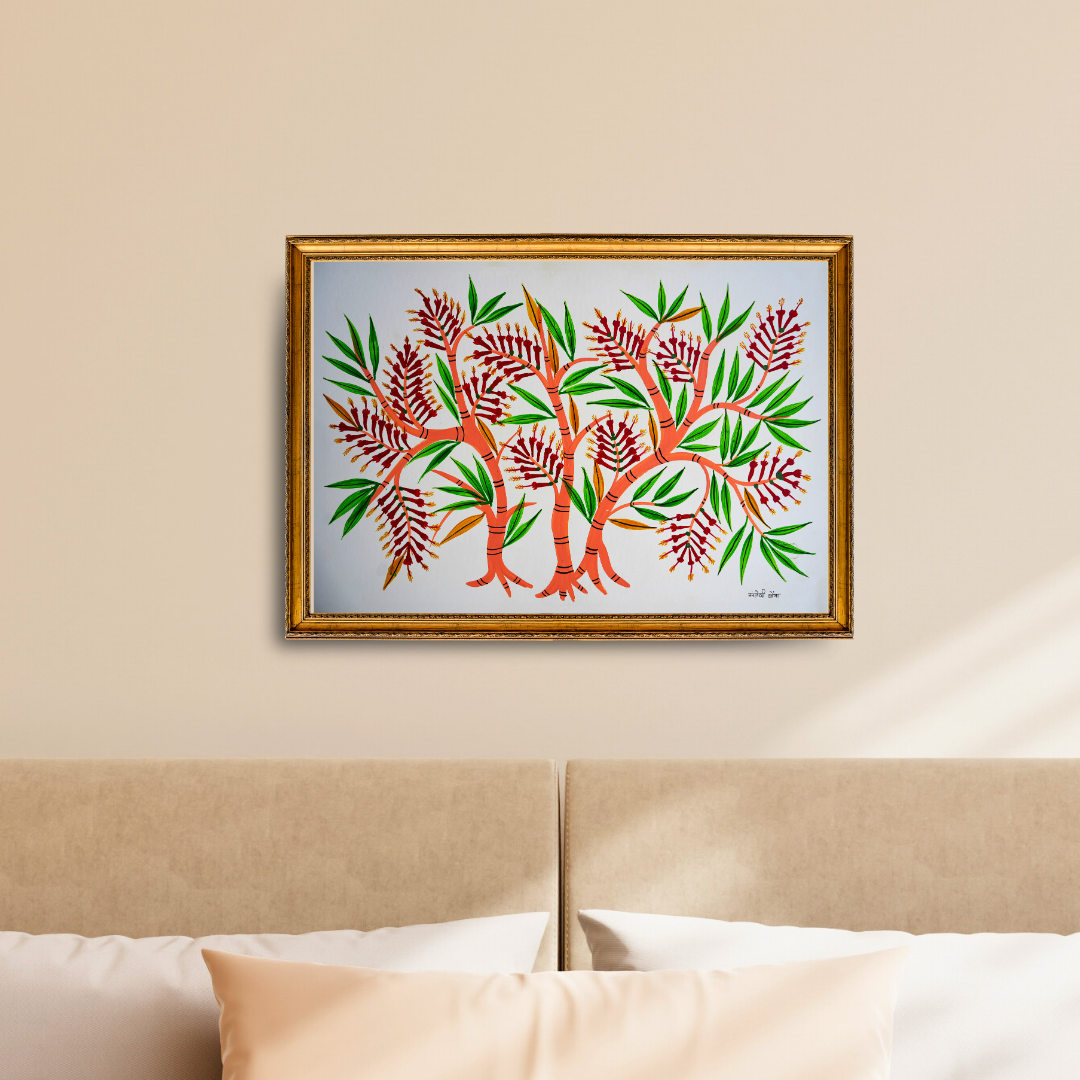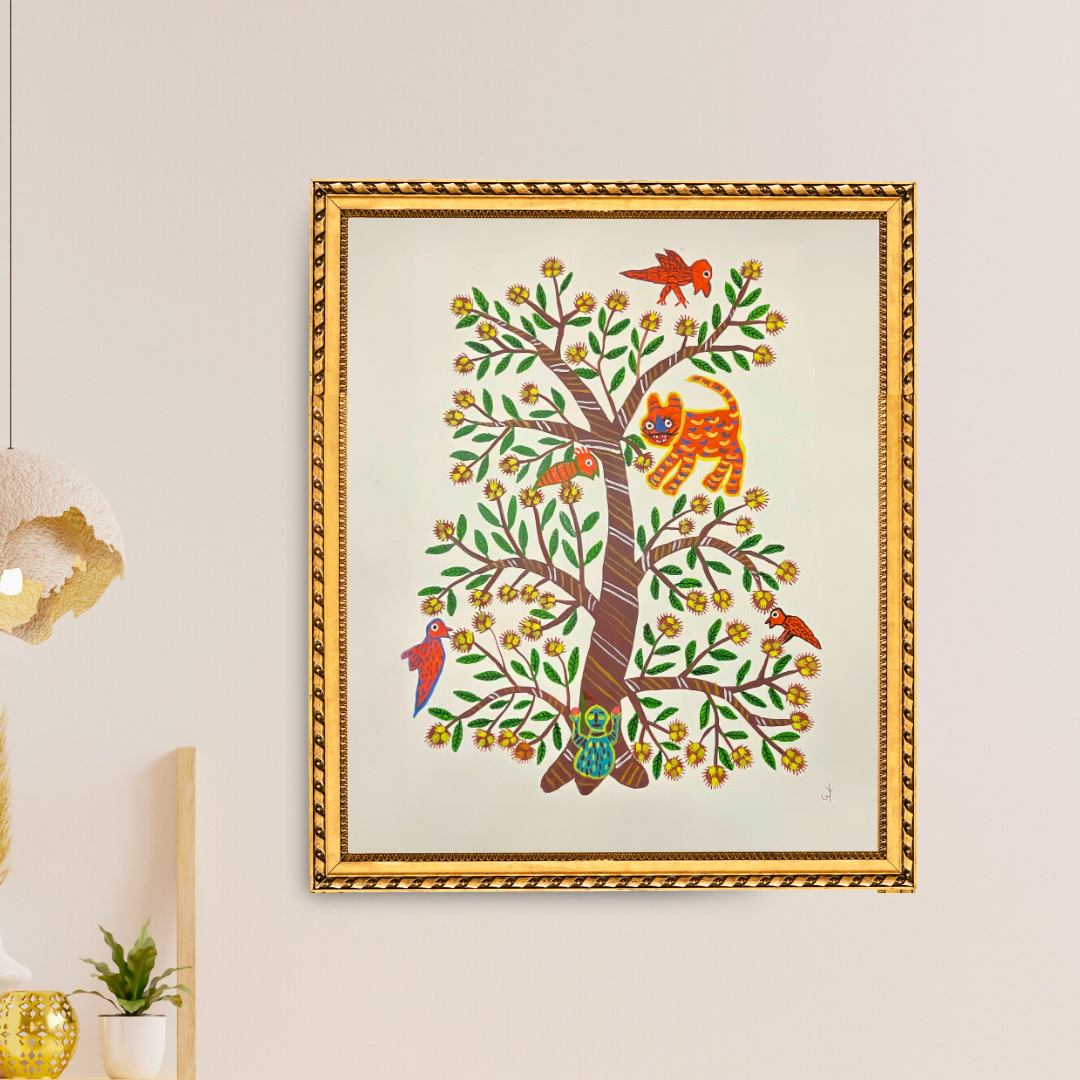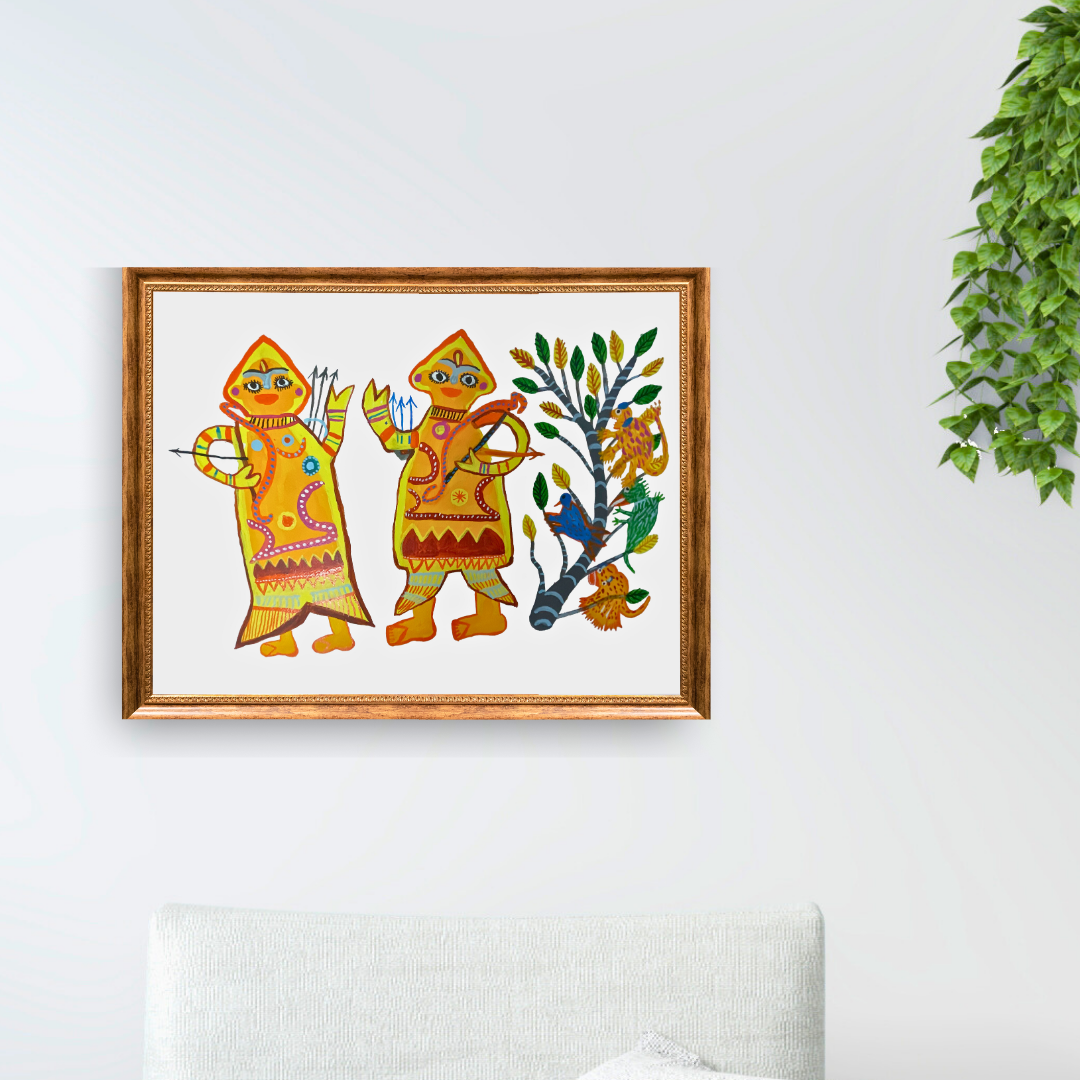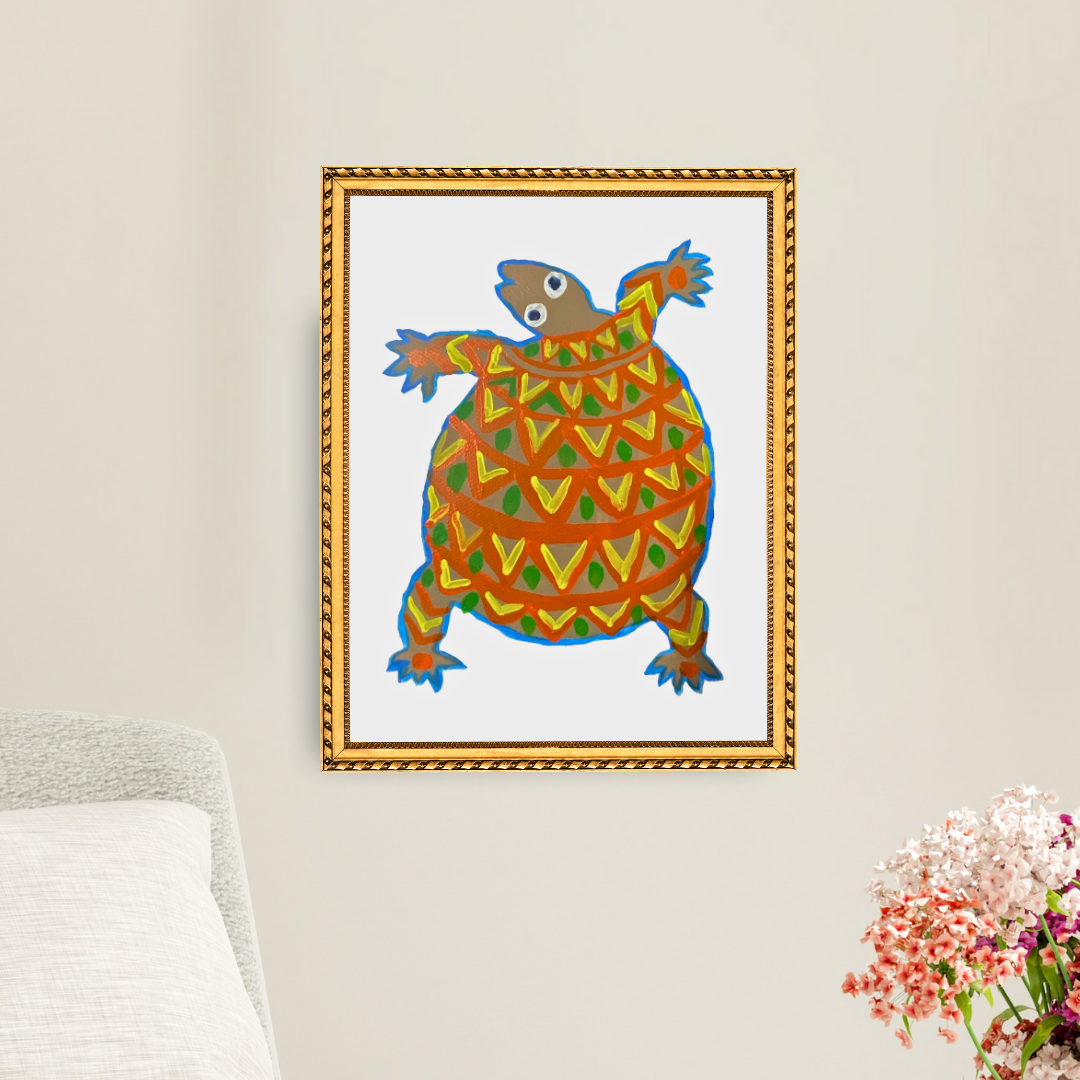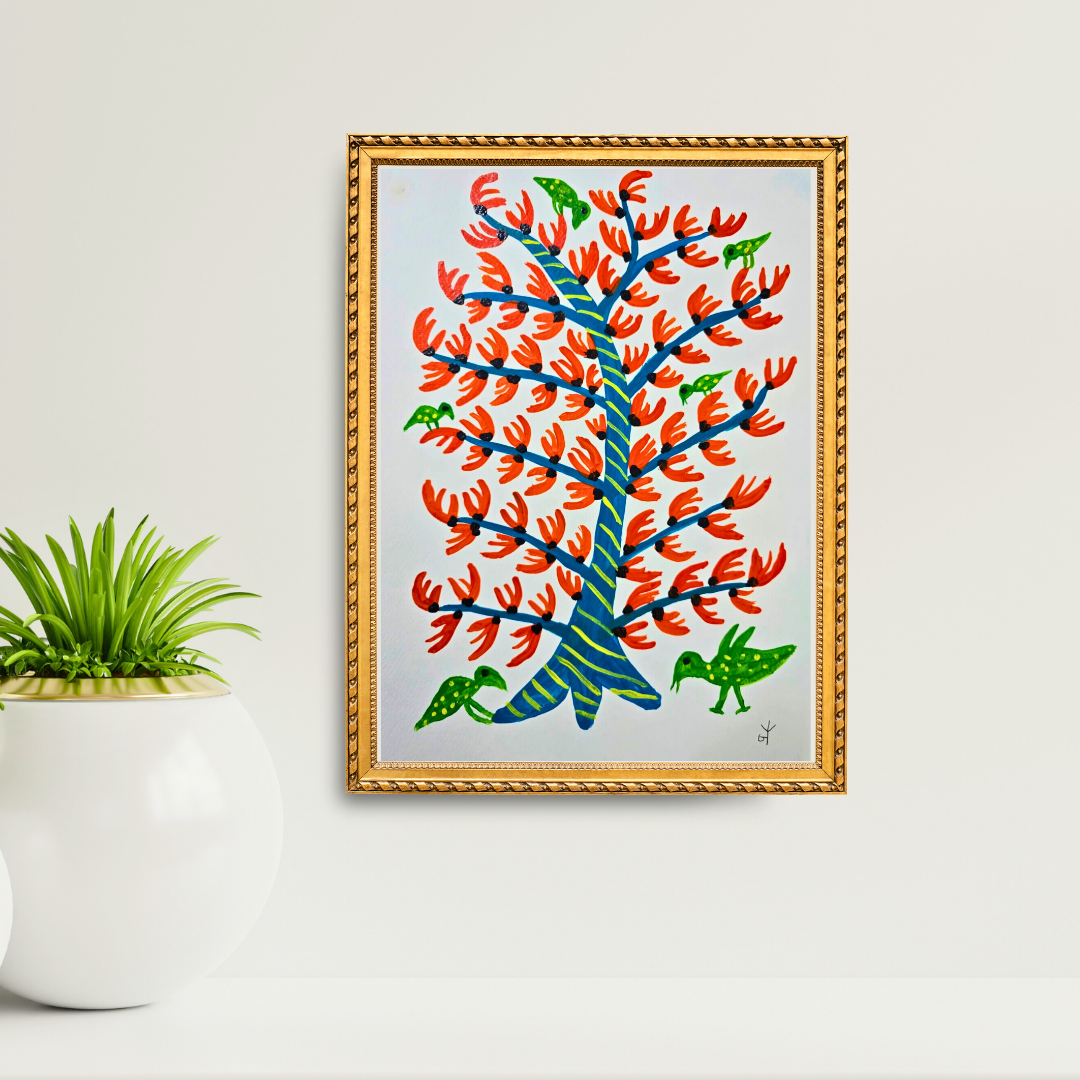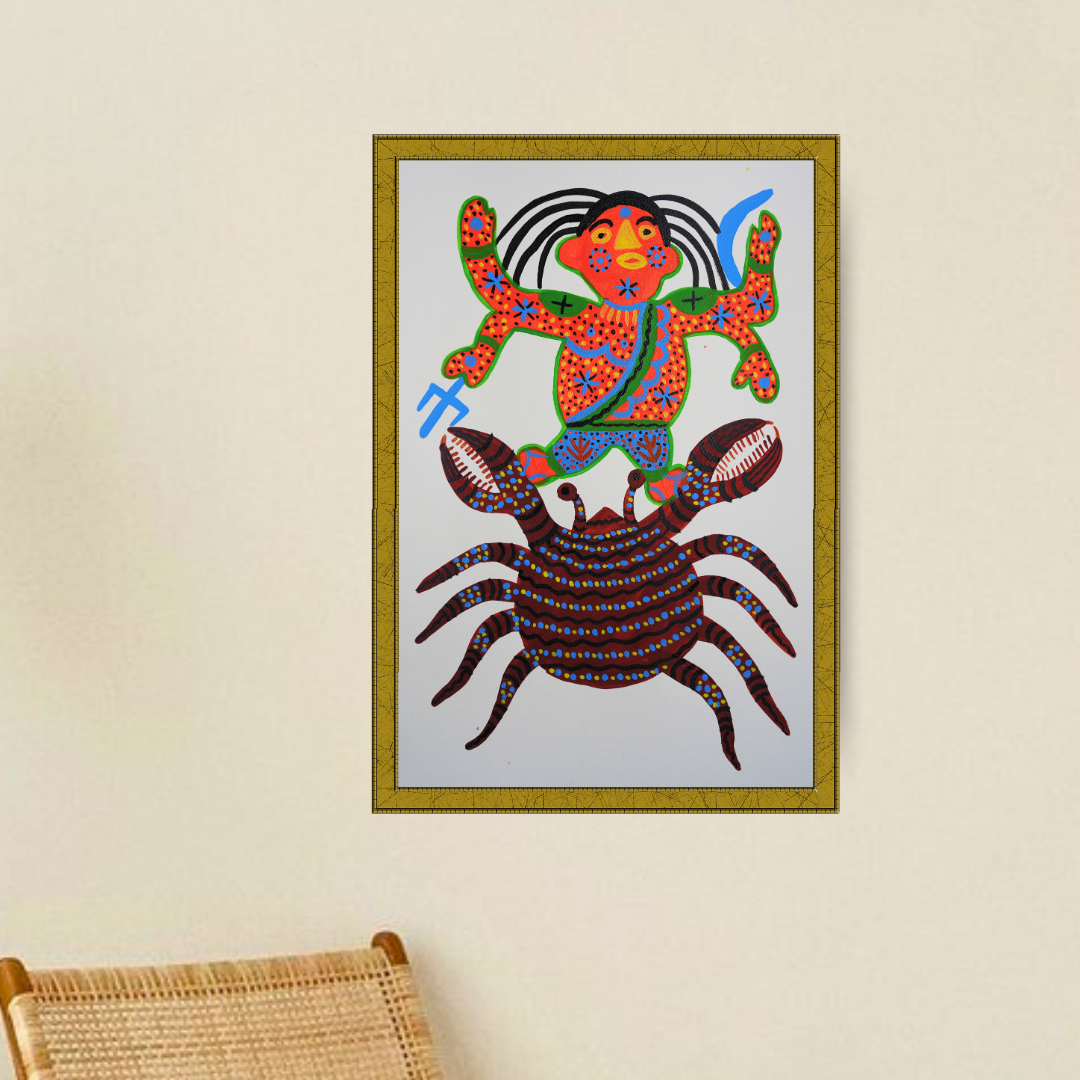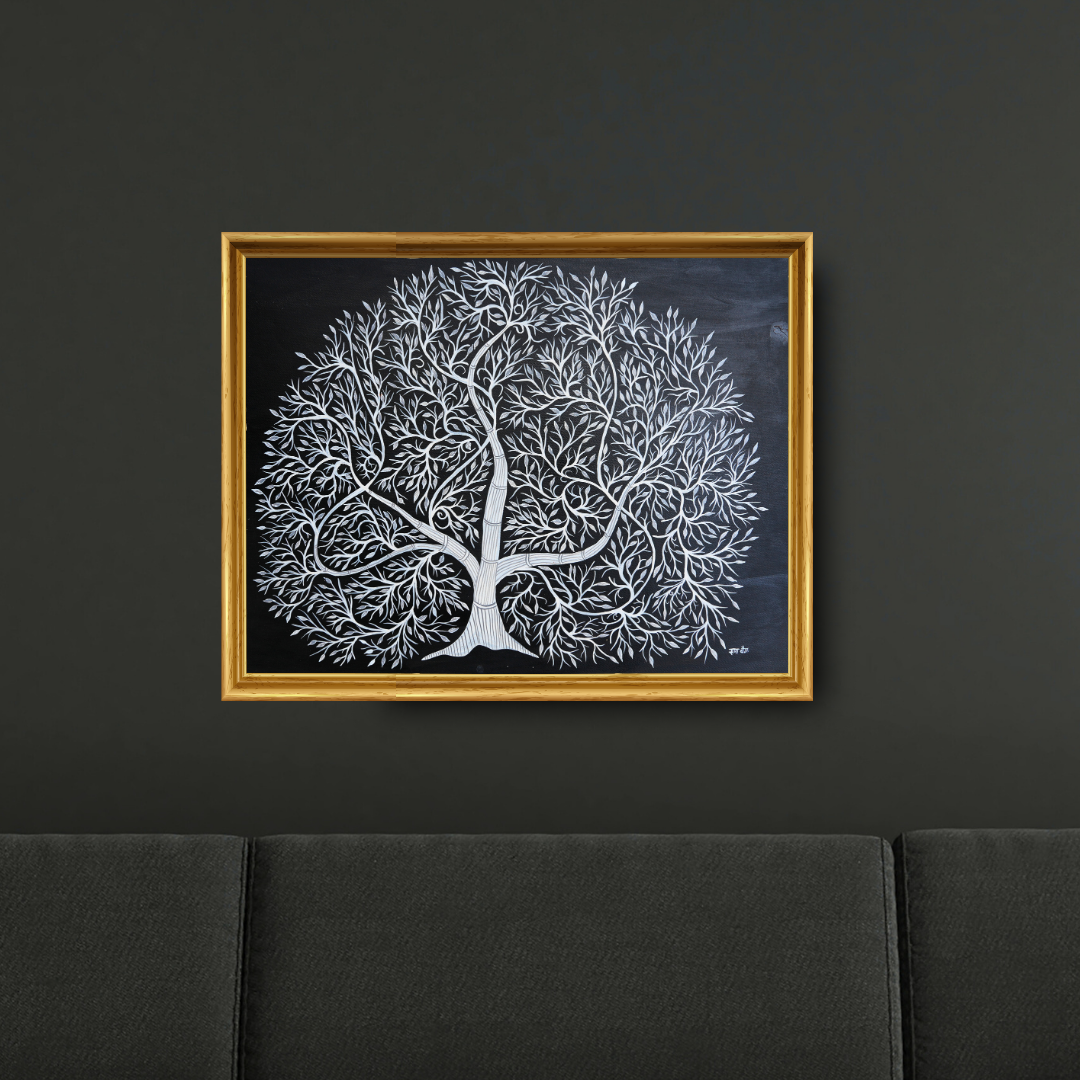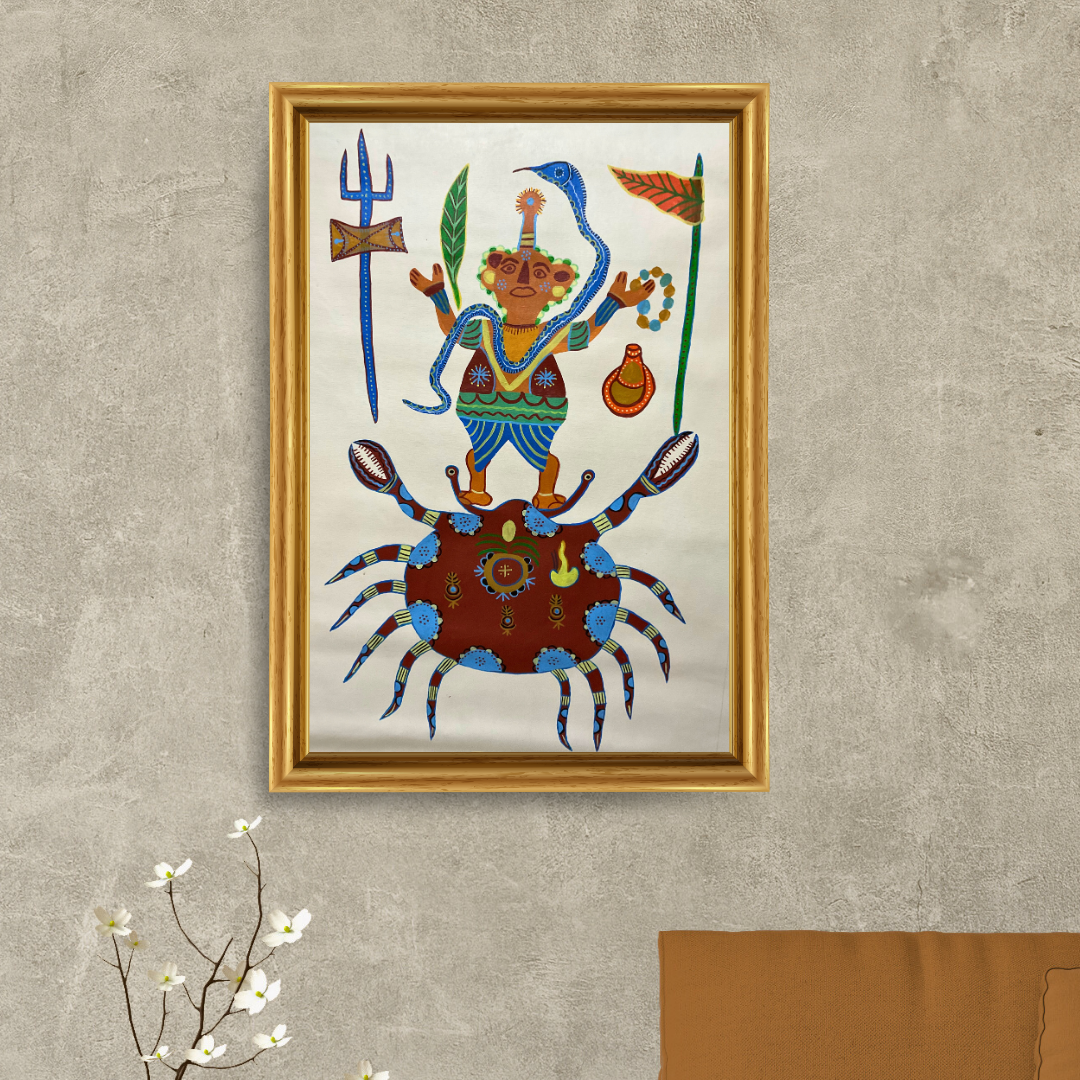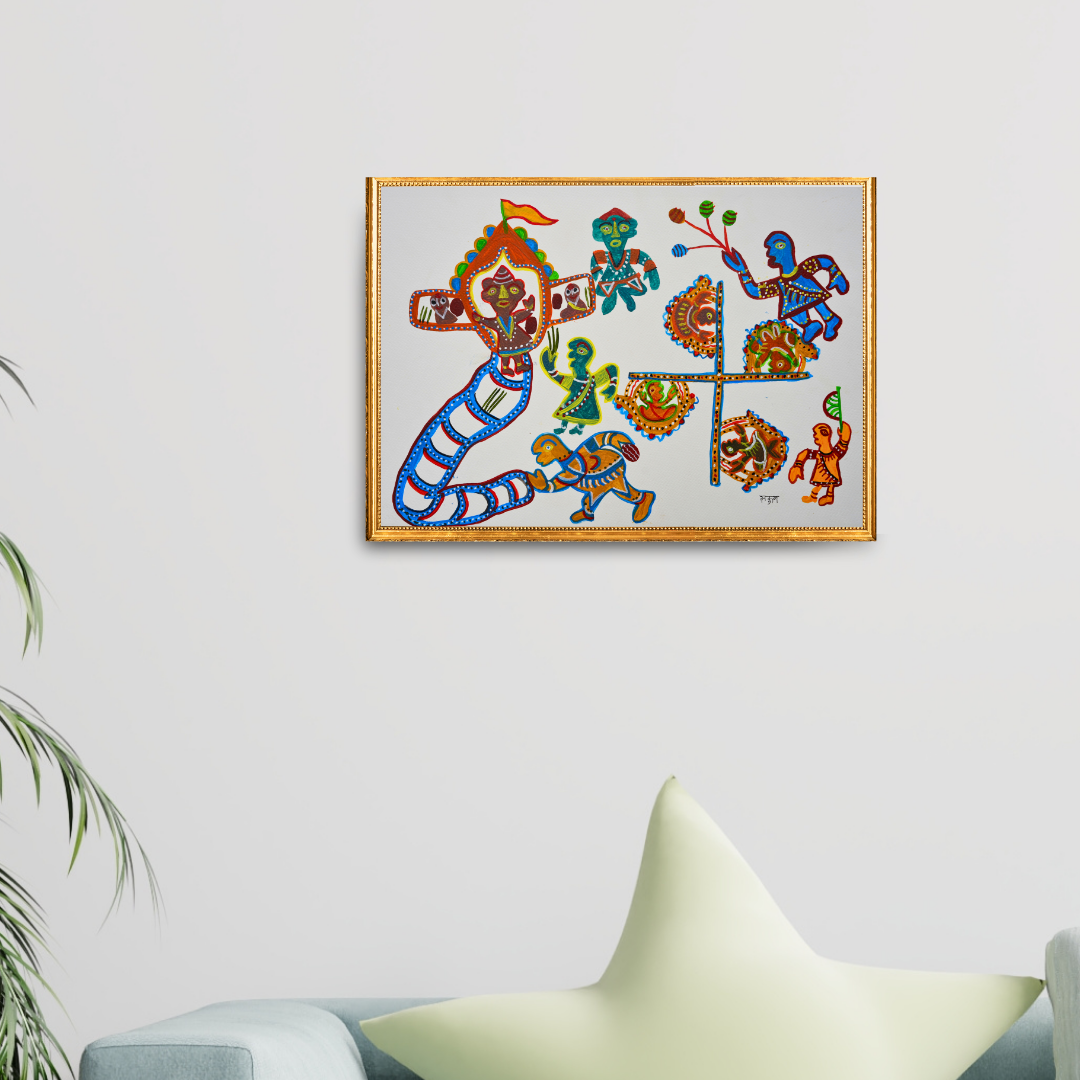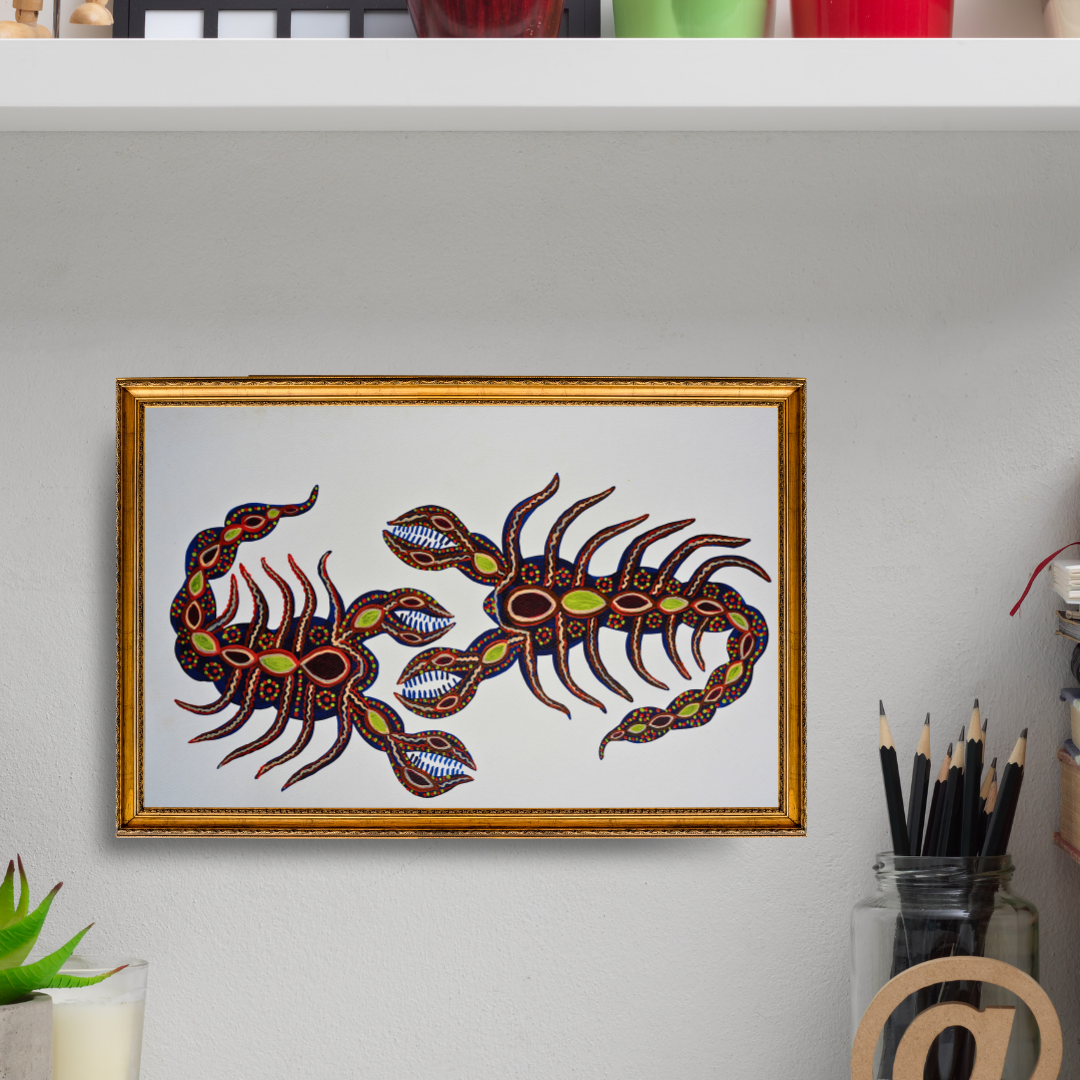Your Cart
Shop Baiga Handmade Paintings Online
Discover Baiga Art Painting at Rooftop
In 2023, Jodhaiya Bai Baiga received the Padma Shri for her paintings. She had begun late in life, but her work carried the Baiga tribe’s voice into galleries and museums around the world. When she passed in 2024, she left behind not only her art but proof that Baiga painting could move from village walls to global collections without losing its roots in the forest.
At Rooftop, Baiga art is not just represented. It is made available to collect directly from the community that created it.
The Story Behind the Art
Baiga art painting was never an invention of studios. It is a language born in the forests of central India, where the Baiga have lived for centuries. Recognised as a Particularly Vulnerable Tribal Group, their lives remain closely tied to the mahua tree, to animals of the forest, and to the rhythm of the land.
Traditionally, Baiga women painted walls, pots, and even bodies with patterns meant to tell stories or protect households. In recent decades, this language has been adapted to paper and canvas. Mentors and curators helped carry it forward, making space for artists like Jodhaiya Bai to show the world what had long been known in their villages.
Materials and How They Are Made
The making of a Baiga art painting is as natural as the forest it depicts. Artists prepare paper or cloth, sometimes treating it to hold pigment. They grind soil into earthy reds and browns, use charcoal for black, turmeric for yellow, and tree saps for binding. Brushes are simple… twigs, bamboo, or fibres shaped by hand.
Some modern works include acrylics, but the core remains unchanged: a direct connection between hand, material, and earth.
Motifs and What They Mean
Baiga painting is easy to recognise. Its forms are rhythmic, repeating, and filled with texture.
- Mahua tree: sacred and life-giving, central to ritual and survival.
- Human figures: stylised, often shown farming, celebrating, or in kinship.
- Animals and birds: deer, elephants, and birds woven into cosmology and daily life.
- Dots and linear fills: used to create density, movement, and layers of meaning.
Every figure connects to another. Nothing stands alone.
Makers, Recognition, and Today’s Market
The Baiga form survived because individuals carried it forward. Jodhaiya Bai Baiga is the most famous name, but other artists continue to paint in their villages, adapting their work for collectors, galleries, and fairs. Provenance matters. Knowing the artist, their town, and their process ensures you are buying heritage, not imitation.
Today, Baiga art is collected not just for its beauty but for the worldview it preserves. It has appeared at exhibitions in India and abroad, highlighted as both contemporary and timeless.
Rooftop Promise and Provenance
At Rooftop, each Baiga art painting comes directly from the artist or their family. Every piece includes provenance details that credit the maker. When you bring one home, you are not just collecting a painting. You are supporting a community that has painted the forest into form for generations.

